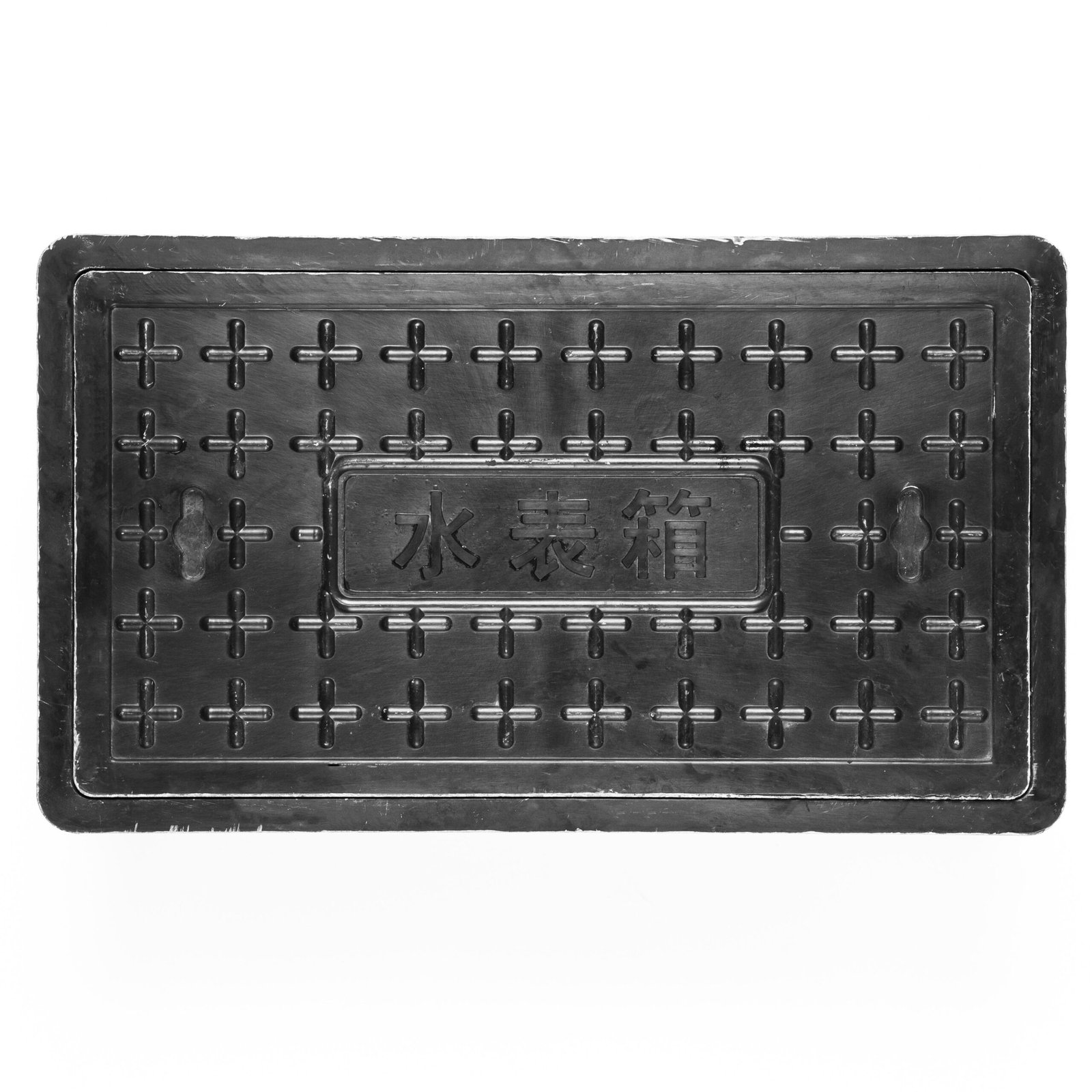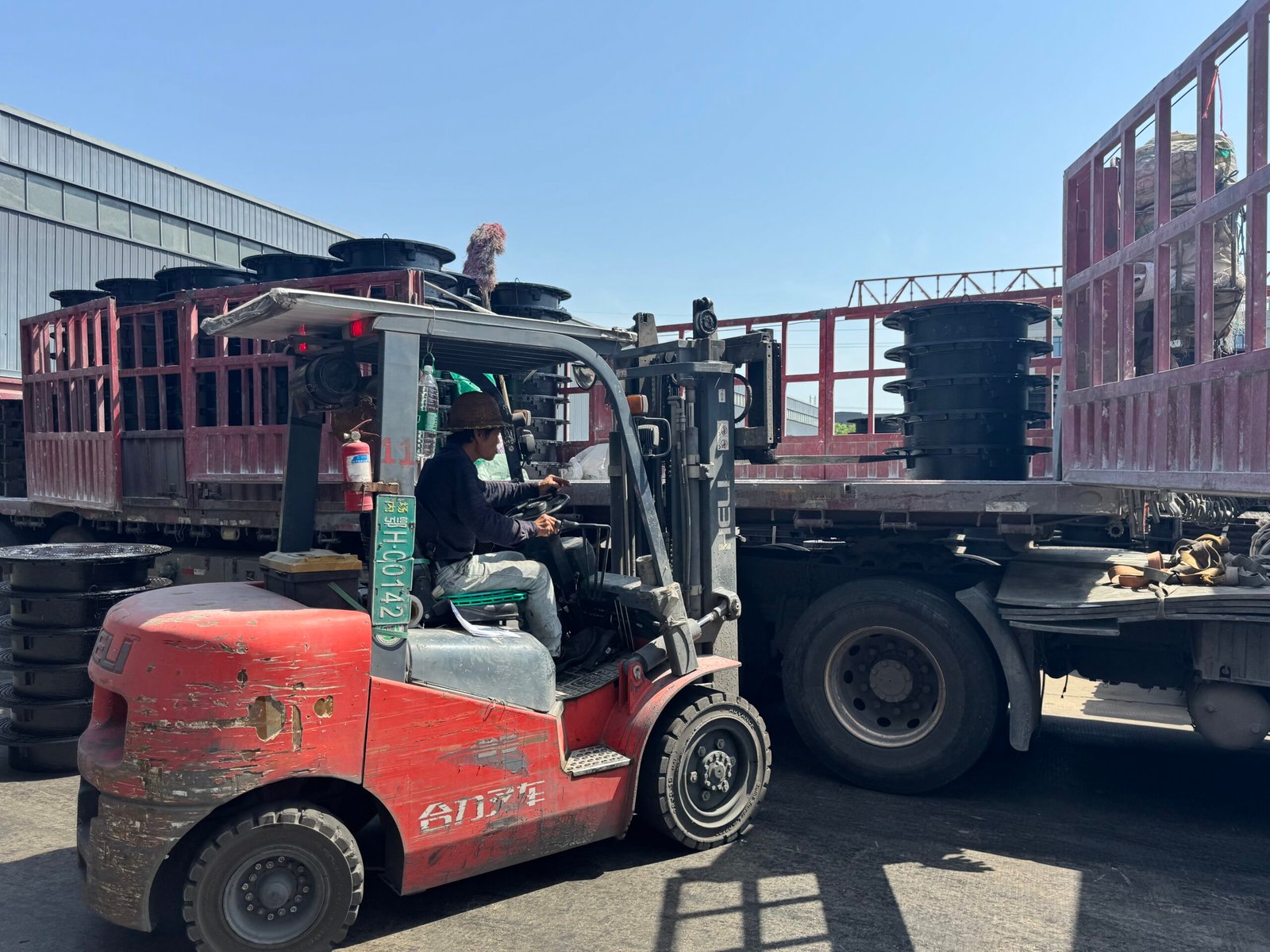Selecting Type 700 cast iron manhole covers may seem trivial, but it is a critical decision impacting infrastructure safety and longevity. These covers must withstand diverse loads and climatic conditions while enabling convenient access to underground utilities. With numerous models on the market, informed selection requires multifaceted evaluation. This article details all essential considerations for choosing Type 700 circular cast iron covers.

Materials and Standards
Material quality is paramount. Cast iron provides exceptional durability and load-bearing capacity. Compliance with industry standards—such as GOST (Russian) or EN 124 (European)—is non-negotiable. Premium covers undergo rigorous testing for strength, impact resistance, and weather resilience. Type 700 covers typically use high-grade gray cast iron enhanced with additives to boost fracture and corrosion resistance.
Load Classes
Each Type 700 cover must match a specific load class based on installation location:
A15: Pedestrian/low-traffic zones
B125: Light vehicle areas
C250: Curbside/medium traffic
D400: Heavy traffic (e.g., main roads; withstands ≥40 tons)
E600/F900: Specialized ultra-heavy applications
Correct class selection ensures longevity and operational safety.
Structural Features
Prioritize covers with:
Vibration/noise reduction: Via specialized gaskets or seals
Easy access: Ergonomically designed lifting key hooks
Anti-theft mechanisms: Prevents unauthorized opening
Ventilation ports (where applicable): Ensures air circulation
Slip-resistant surfaces: Enhanced safety across seasons
Precision fit: Simplified installation in manholes

Manufacturing Process
Modern Type 700 covers are precision-cast using high-temperature furnaces and molds to ensure dimensional accuracy and structural integrity. Premium options feature polymer or anti-corrosion coatings for extended lifespan in harsh environments. Always verify manufacturer credentials and market reputation—these directly correlate with product quality.
Installation Protocols
Proper installation demands meticulous attention:
1. Base preparation: Ensure a level, solid foundation.
2. Precise leveling: Cover surface must align perfectly with surrounding pavement (no protrusions/depressions).
3. Environmental assessment: Account for water exposure, temperature extremes, and chemical contact—critical factors affecting longevity.
Improper installation accelerates wear and compromises safety.
Maintenance Guidelines
Extend cover lifespan through:
Regular inspection/clearing: Remove debris, snow, or ice.
Coating upkeep: Monitor anti-corrosion layers; repair/reapply as needed.
Lock mechanism care: Clean and lubricate regularly.
Preventive maintenance: Proactive measures prevent failures, ensuring infrastructure reliability for decades.




